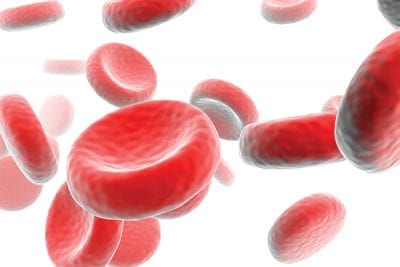RBWH innovates blood collection labelling system
The Royal Brisbane and Women’s Hospital Quality Innovation Patient Safety Service is increasing accuracy of blood specimen samples and ensuring patient safety by improving the patient identification system.
While all hospitals take exceptional care to ensure patient blood specimens are correctly labelled, the RBWH Quality Innovation Patient Safety Service saw an opportunity to decrease the risk of human error by implementing a new system. In addition, a new blood safety education program is now being provided to all clinical disciplines.
 The interdisciplinary team partnered with QH Pathology to examine the errors in blood collection across the organisation as a way to improve and highlight patient identification processes. This was achieved by targeting a reduction in wrong blood in tube (WBIT), no tests due to mislabelling and baby rebleeds.
The interdisciplinary team partnered with QH Pathology to examine the errors in blood collection across the organisation as a way to improve and highlight patient identification processes. This was achieved by targeting a reduction in wrong blood in tube (WBIT), no tests due to mislabelling and baby rebleeds.
To understand the process complexities around blood/cord collection, RBWH Women’s and Newborn Services accepted the challenge and trialled multiples initiatives with a human factors lens: from reviewing the pathology form, protocol, process mapping, observational audits, reporting KPIs and errors. These initiatives improved communication and feedback to the clinicians and raised awareness of the issues.
The chair of the patient identification working group, Lisa Mitchell said they are thrilled with the strong staff commitment and engagement from Women’s and Newborn Services for leading this improvement in safety and quality processes for mother and baby blood collection.
“The good news is we have seen a reduction in errors, with 66 fewer incidents this year,” she said.
“This is important; it has lead us to further improvements, from meaningful clinician feedback, to an understanding of the need to prevent further rebleeds in babies.
“The Women’s and Newborn Services quality team lead by Alicia Hyland, Kristina Palmer Field, Christine Farbrace, Helen Coates and Sarah Kirby hope to further reduce the errors in blood/cord collection by an additional 50 per cent with their new insight into the challenges.”
QUALITY OF CARE
TABLE OF CONTENTS
